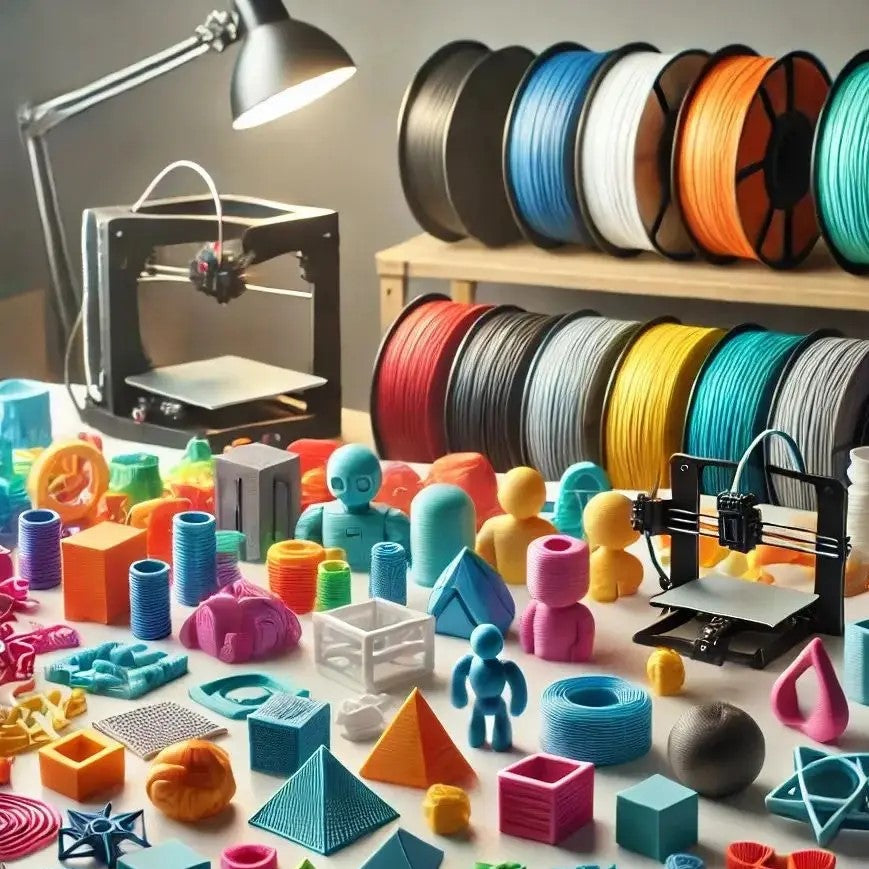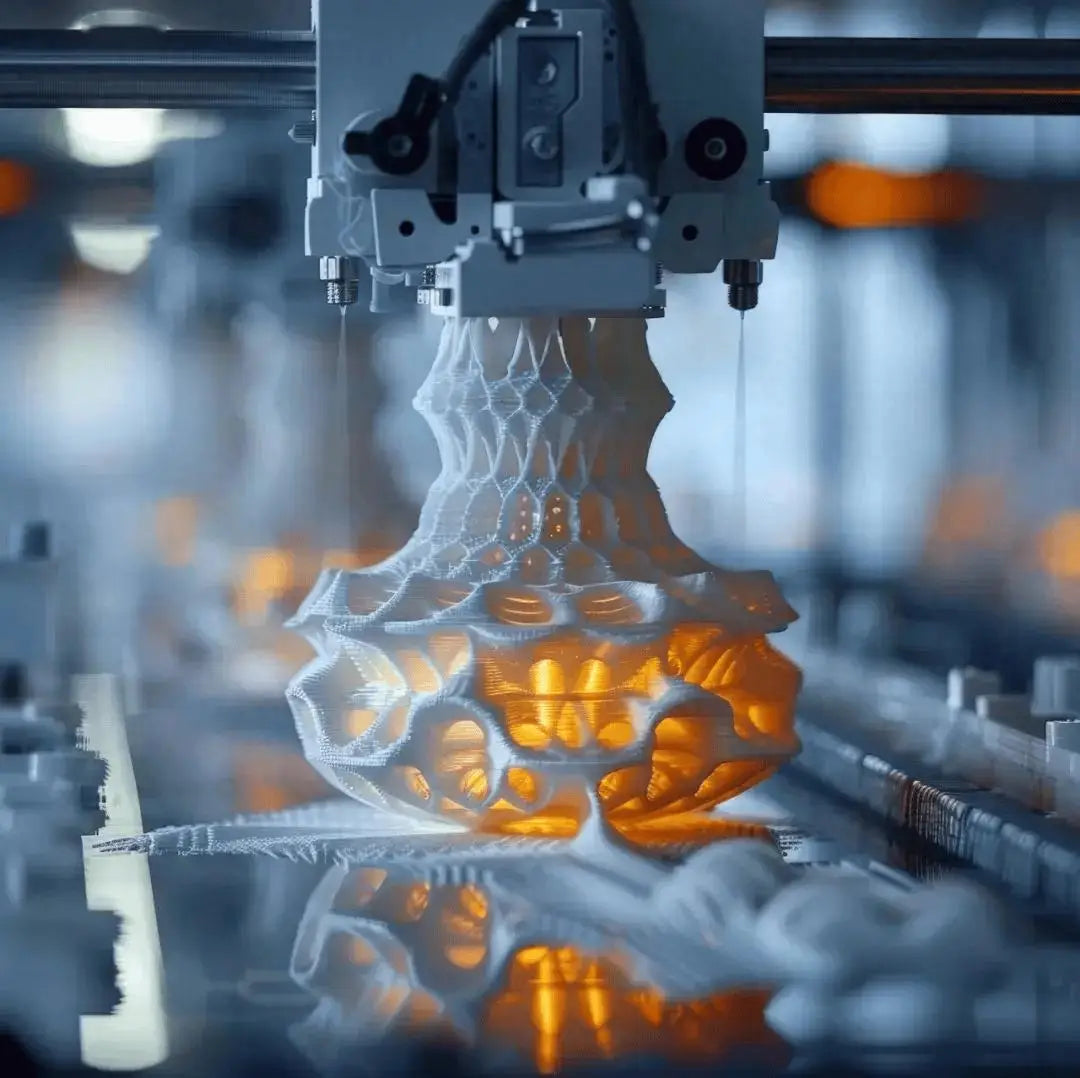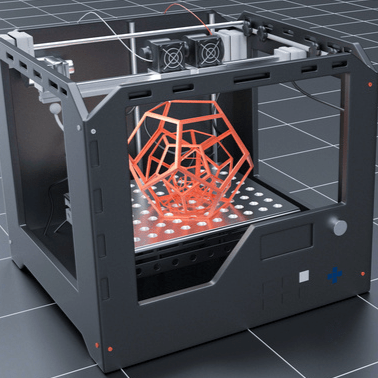





Temperature and humidity monitor: essential equipment for intelligent environmental monitoring
Temperature and humidity monitor: essential equipment for intelligent environmental monitoring
In modern society, whether it is home, office, factory, agricultural planting, warehousing and logistics, accurate monitoring of temperature and humidity is crucial. As an intelligent environmental monitoring device, the temperature and humidity monitor can monitor environmental parameters in real time and help users maintain suitable temperature and humidity conditions in different scenarios. This article will explore in depth the working principle, main types, application scenarios and how to choose the right equipment of the temperature and humidity monitor.
1. Working principle of temperature and humidity monitor
The temperature and humidity monitor usually consists of a temperature sensor, a humidity sensor, a data processing module and a display/communication module.
Temperature sensor: used to measure the temperature of the environment, common types include thermocouples, thermistors and semiconductor temperature sensors.
Humidity sensor: used to detect the moisture content in the air, common types include capacitive, impedance and optical humidity sensors.
Data processing module: used to receive sensor data and calculate, store or transmit it to external devices.
Display/communication module: Some devices have LCD screens or LED indicators for displaying data, while smart devices support wireless communication methods such as Wi-Fi, Bluetooth or Zigbee, so that users can view data remotely through mobile phones or computers.
2. Main types of temperature and humidity monitors
There are many types of temperature and humidity monitors, which can be mainly divided into the following categories:
2.1 Portable temperature and humidity monitors
These devices are small and easy to carry, suitable for personal use. For example, when climbing, camping or traveling, you can measure the temperature and humidity of the environment at any time to ensure comfort and safety.
2.2 Indoor smart temperature and humidity monitors
These devices are suitable for home or office, usually with smart connection functions, such as support for Wi-Fi or Bluetooth, remote viewing of data through mobile phone APP, and linkage with smart home systems (such as air conditioners, humidifiers) to automatically adjust the indoor environment.
2.3 Industrial-grade temperature and humidity monitors
Temperature and humidity monitors used in industrial scenarios require high precision and strong durability, and are suitable for places with strict environmental conditions such as manufacturing, food processing, and drug storage. These devices usually support remote data recording and alarm functions to ensure that environmental parameters are always within a safe range.
2.4 Temperature and humidity monitors for agriculture and warehousing
Agricultural planting and warehousing logistics are crucial for the control of temperature and humidity. For example, greenhouses need to maintain appropriate temperature and humidity to promote plant growth, while cold chain logistics must strictly control temperature and humidity to ensure the quality of food and medicine. Such devices usually have remote monitoring, alarm and data storage functions.
3. Application scenarios of temperature and humidity monitors
The application range of temperature and humidity monitors is very wide. The following are several main application scenarios:
3.1 Home environment monitoring
In the home, temperature and humidity monitors can help maintain a comfortable living environment. For example, by monitoring humidity in winter, humidifiers can be turned on in time to avoid dry skin or respiratory discomfort caused by dry air. At the same time, it can also be used to monitor the environment of the baby room to ensure that infants and young children are in appropriate temperature and humidity conditions.
3.2 Offices and commercial places
The temperature and humidity of the office environment have a great impact on the work efficiency and comfort of employees. Too high or too low humidity may cause discomfort to people, while appropriate temperature and humidity can help improve work efficiency. In addition, in commercial places such as shopping malls and restaurants, good temperature and humidity management can help improve customer experience.
3.3 Medical and pharmaceutical industries
Hospitals and laboratories have very strict requirements for temperature and humidity. For example, drug storage needs to maintain constant environmental conditions, and vaccine cold chain transportation also needs real-time monitoring of temperature and humidity to prevent temperature from exceeding the standard and affecting drug efficacy.
3.4 Agriculture and animal husbandry
In agricultural production, temperature and humidity monitors can help growers optimize the greenhouse environment and improve crop yield and quality. In animal husbandry, maintaining appropriate temperature and humidity helps animal health and reduces the risk of disease transmission.
3.5 Industrial production and storage
Many industrial manufacturing processes have strict requirements for temperature and humidity. For example, in the electronics manufacturing industry, excessive humidity may cause static electricity to damage electronic components. In addition, the warehousing industry also needs to accurately control temperature and humidity to ensure the quality of goods.
4. How to choose a suitable temperature and humidity monitor?
When purchasing a temperature and humidity monitor, users need to consider multiple factors to ensure that the device can meet actual needs. Here are a few key considerations:
4.1 Measurement Accuracy
Accuracy is an important indicator of the performance of temperature and humidity monitors. Generally speaking, the accuracy of home-use devices is within the range of ±0.5°C (temperature) and ±3%RH (humidity), while industrial and laboratory-level devices require higher accuracy.
4.2 Data Logging and Remote Monitoring
If you need to monitor temperature and humidity changes for a long time, you can choose a device with data logging function, and some devices also support cloud storage or local storage. In addition, smart devices support Wi-Fi or Bluetooth connection, and users can view data remotely through mobile phones or computers and adjust environmental conditions in time.
4.3 Alarm Function
Many high-end temperature and humidity monitors are equipped with alarm functions. When the temperature and humidity exceed the set range, they will notify the user through sound, SMS or APP push. This is especially important in scenarios such as laboratories, cold chain transportation and food storage.
4.4 Power Supply Method
The power supply methods of temperature and humidity monitors include battery power, USB power supply and solar power supply. Portable devices are usually battery-powered, while long-term use devices can choose USB or plug-in power supply.
4.5 Durability and Waterproof Performance
Durability and waterproof performance are essential for equipment used in industry, agriculture or outdoors. Equipment with a high waterproof rating can work stably in harsh environments and is not affected by rain or moisture.
5. Conclusion
The temperature and humidity monitor is an important environmental monitoring tool, widely used in home, commercial, industrial and agricultural fields. Choosing the right device requires considering measurement accuracy, data logging, remote monitoring, alarm functions and durability of the device. With the development of Internet of Things technology, more and more smart temperature and humidity monitors are entering the market, providing users with more convenient and efficient environmental management solutions. If you want to improve the quality of life, increase production efficiency or ensure the safety of stored items, choosing a suitable temperature and humidity monitor will be a wise decision.
